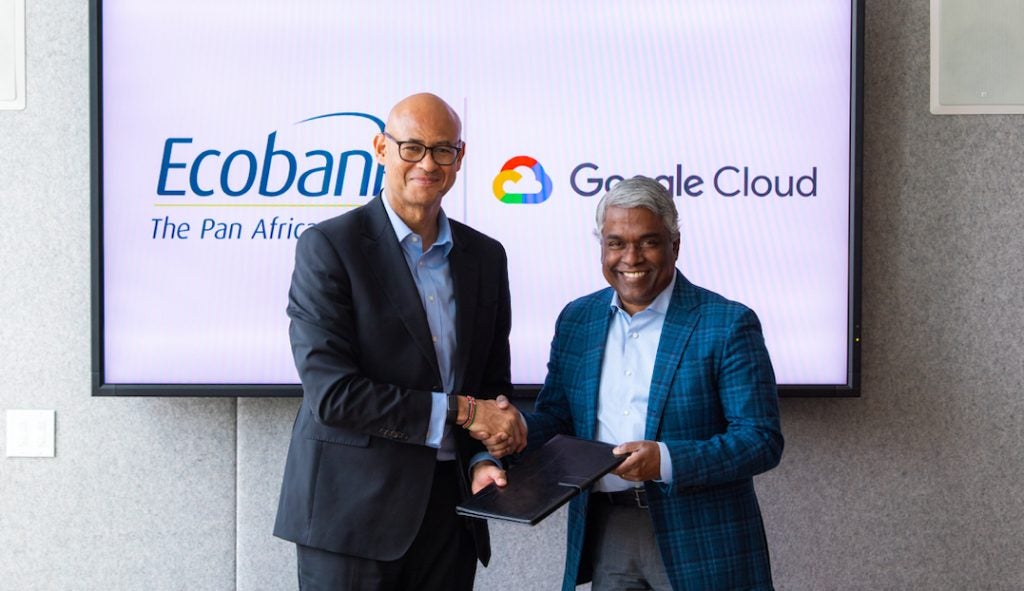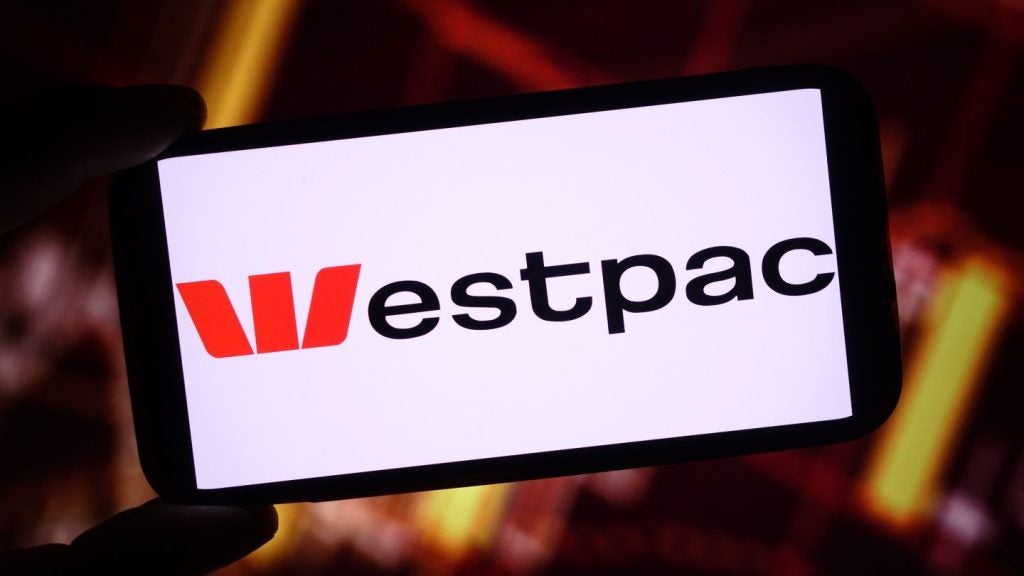 Established in 1995, Bank of Shanghai has become one of the
Established in 1995, Bank of Shanghai has become one of the
leading commercial banks in China, with assets of $68bn and over
13m customer accounts at the end of 2009. Ben Robinson, director of
strategic planning at Temenos, tells Douglas Blakey about the
bank’s major IT investment programme.
In 2003, anticipating further
strong customer and income growth, Bank of Shanghai (BOS) made the
decision to replace its core banking system.
After a keenly fought evaluation
process, Swiss-headquartered Temenos was selected as the bank’s
principle IT partner due to a track record of successful
implementations in markets around the world, making BOS the first
major Chinese retail bank to go live with an international packaged
solution.
RBI spoke to Ben Robinson,
director of strategic planning at Temenos, about the BOS core
banking platform deal and the business benefits that core
replacement has brought.

US Tariffs are shifting - will you react or anticipate?
Don’t let policy changes catch you off guard. Stay proactive with real-time data and expert analysis.
By GlobalDataRBI: What were the
main drivers behind BOS’s system replacement?
Ben Robinson (BR):
The banking market in China is undergoing significant change. Mass
migration from rural areas to the major cities (between 1980 and
2008, the ratio of rural to urban inhabitants fell from 4:1 to 1:1)
has created enormous demand for basic retail banking services.
However, at the same time as demand
has grown, so has competition. Since the late 1970s, the Chinese
government has moved to increasingly deregulate and
internationalise the banking market – allowing the creation of new
domestic banks, removing geographical restrictions over where some
domestic banks could operate and, with China’s accession to the
World Trade Organisation, creating a much more level playing field
for foreign banks.
Recognising how the changing market
dynamics would create the conditions for the best banks to
outperform, BOS undertook a strategic exercise to understand how to
best capitalise on the opportunity.
One of the key findings was that,
without core system replacement, BOS was unlikely to be able to
accelerate growth.
The reasoning was two-fold:
firstly, the legacy system would have acted as a major inhibitor
and, secondly, a modern core banking system would afford a number
of competitive advantages (in the areas of customer service,
operating cost and flexibility and risk) that would facilitate
outperformance.
So, as part of an ambitious growth
plan that the bank launched at the end of 2002, it began a process
to evaluate the options for core system replacement.
 RBI: What criteria
RBI: What criteria
did BOS use in the evaluation process?
BR: The bank
scored the different core banking system alternatives against the
following main criteria:
- Customer-centricity;
- Time taken to configure and launch
new products; - Strength of the processes
and, - Level of integration (between the
different modules).
RBI: What were the
BOS’s options, for example, an inhouse system or working with a
core banking supplier?
BR: The bank was
open to all options, including building a new in-house system.
However, once the bank began to investigate the different options
in detail, it soon became apparent that re-writing its existing
system would take too long – and the market was moving too
fast.
The bank also considered using a
system from a local Chinese supplier, but, like an internal build,
this option was quickly ruled out – in this case, because local
vendors had insufficient knowledge of international practices.
So, in early 2003, the bank began a
selection process to choose a solution from an international
vendor.
RBI: Why did BOS
choose Temenos? What did it offer that another technology partner
did not?
BR: The selection
process that BOS instigated was very detailed. It spent 10 months
evaluating four systems – namely, T24 from Temenos; FLEXCUBE from
i-flex (since rebranded as Oracle Financial Services); BaNCS from
FNS (now part of TCS); and Symbols from System Access (now a
subsidiary of SunGard).
The different vendors were asked to
demonstrate their products, participate in product workshops with
technical and business teams from the bank and present their
companies (the company vision, product road map, business
model).
BOS then visited existing customers
of the different systems to see the software running live and to
satisfy for themselves that the system could cope with their
demands and deliver the benefits they sought.
At the end of this evaluation, T24
emerged as the winner because it achieved the highest aggregate
score across the four criteria that the bank assessed.
 RBI: How would
RBI: How would
you summarise the challenges the bank/Temenos faced ahead of the
system going live?
BR: The project
faced many challenges, stemming predominantly from the fact that
this was a significant implementation of T24 in China. Firstly, T24
needed to be ‘localised’ (all of the screens, menus and user guides
had to be translated into Chinese, for example).
Secondly, some additional
functionality needed to be built (to comply with regulatory
reporting requirements, etc).
Thirdly, several activities (such
as product launches) had to be duplicated across the new and old
systems, so that the new system would be completely up-to-date at
the time of go-live.
Fourthly, the data migration effort
was considerable (BOS had over 13m accounts by the time T24 went
live in the retail bank);
Lastly, the bank used the
opportunity of core replacement to streamline many of its existing
processes and adopt many of the international best-practice
processes that are embedded in T24, which meant that significant
user training was necessary.
RBI: How was the
implementation achieved? Did Temenos and the bank work jointly on
the deployment?
BR: The
implementation team comprised staff from Temenos, Hewlett Packard
(HP) – who were selected as the main system integration partner at
the end of 2004 – and BOS.
Roughly, there were around 20
people from Temenos, 20 people from HP and 200 from the bank
involved in the project – although peak numbers were higher, well
over 250 people.
The project was divided into two
phases in order to mitigate risk.
The bank felt that, while corporate
banking is inherently more complex than retail banking, embarking
on the corporate banking roll-out first would be less risky given
the much lower volumes and would provide the project team with the
skills and experience to ensure that the retail banking
implementation went as smoothly as possible.
BOS went live with T24 in the
corporate bank on 22 May 2006 and in the retail bank on 22
September 2008 – the first major bank in China to go live with an
international core banking system.
 RBI: What are the
RBI: What are the
key competitive advantages that the new system offers
BOS?
BR: Since
modernising its core infrastructure, BOS has achieved the
following:
- Service
enhancement: Having a single customer view has enabled
seamless service across all channels (online transactions grew by
685% in 2008), quicker decisions (for example, mortgage
applications are processed 75% faster than previously) and a
differentiated customer experience; - Market share
gains: In 2008, BOS grew loans at 18% compared to the peer
group average of 16% and deposits at 21% versus peer average of
19%; - Faster revenue
growth: Since 2006, BOS has grown operating income at a
compound annual growth rate of 26% and net fee-based revenues by a
CAGR of 59%; - Innovation: BOS
dramatically reduced the cost and time to market for new products,
with development times reduced by more than 75% and new products
being launched (on average) every one to two weeks. And many of
these products have been truly pioneering – BOS was, for example,
the first bank in China to launch a combined corporate and retail
card; - Outperfomance: In
2008, BOS’s return on capital was 125% higher than the largest 1000
banks in the world measured by assets and 15% higher than domestic
peers.
BOS vice-president Jiang Hong told
RBI: “With T24, BOS has effectively future-proofed its IT
infrastructure. We have a platform that is robust and scalable
enough to support our ambitious growth plans.
“We also have a platform that
allows us to standardise our processes and extract the scale
benefits of growth.
“Lastly, the system allows us to
have one complete view of the customer across all operations and
gives us the flexibility to take advantage of this, by tailoring
products and services to individual customer needs.”
For a copy of a case study on
the BOS, providing a comprehensive overview of the modern banking
market and commercial environment in China and benchmarks the
performance of BOS with regional peers and the top global banks,
contact Petra Shuttlewood at
pshuttlewood@temenos.com







